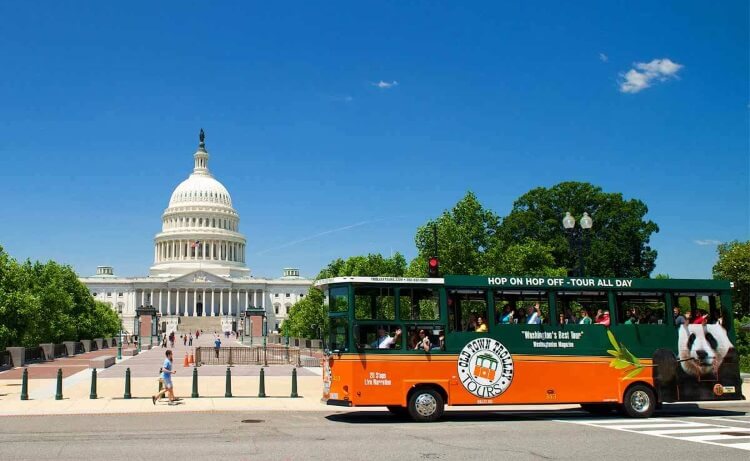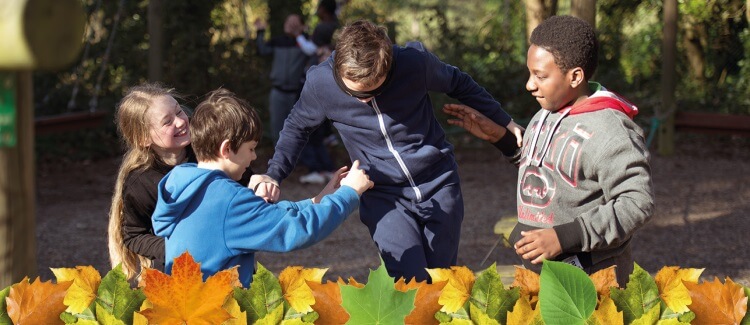
A trip to New York City is an adventure for most of us. It’s a huge city and one with a reputation for not sleeping, as well as being loud, proud and “in your face.”
But in our excitement, we sometimes make some bad moves on the packing front. Everyone’s guilty of it. Your students, though, especially if they’ve never packed a bag before, can put some pretty strange stuff in their bags.
Here’s some thoughtful advice for your group’s school trip to New York City we hope you’ll pass on to them.
Fashion is not the purpose.
Sure. You may be going to 5th Avenue. You may be checking out the Garment District. This does not mean that fashion is the purpose of your trip. Your students are there to learn, not parade on a catwalk.
They’ll need sensible footwear that’s going to get them around the many sites of interest they’ll be visiting, not to mention dodging through the throngs on the streets. They will need shoes in which they can walk comfortably, for hours at a time.
New shoes are out of the question if they don’t want to be shrieking in agony, every step of the way.
The same goes for packing clothing they don’t normally wear at home. New York City is one of the most fashionable cities on the planet. So, if your students honestly believe that packing for fashion is going to help them “blend in,” it’s a pretty vain pursuit (unless their mom is Donna Karan, or maybe Madonna).
Shampoo is heavy.
Have you ever noticed that the heaviest items in your suitcase are toiletries? Make it clear to your group that packing an entire bottle of shampoo is hardly necessary, especially for a brief trip. Advise them to plan what they’re taking with them carefully and to seek out travel-sized containers for items like shampoo.
Students with only carry-on luggage need to be brought up to date on regulations concerning liquids and gels if you’re traveling by air. There’s nothing worse than being stopped at the security gate and having to dump it all out, or leave it with the customs agent.
Weather is known to change.
We have no doubt that your tech-savvy students will be checking the weather at your destination with obsessive regularity, as they plan what to bring. Disavow them of the idea that a 10-day forecast is written in stone.
Weather is known to change and that’s true no matter where you go. As I write, I recall a June day in New Orleans that went from sunbathing in the courtyard to scurrying for cover, as a sudden hailstorm passed over.
Tell your charges to go prepared. Pack something waterproof in the event of rain and something warm in the event of cold. Weather is known to change – write that on the blackboard!
At Junior Tours, we’ve been creating superior educational tours since 1967. We make student travel affordable and accessible. Contact us for a quote and sample itinerary.









